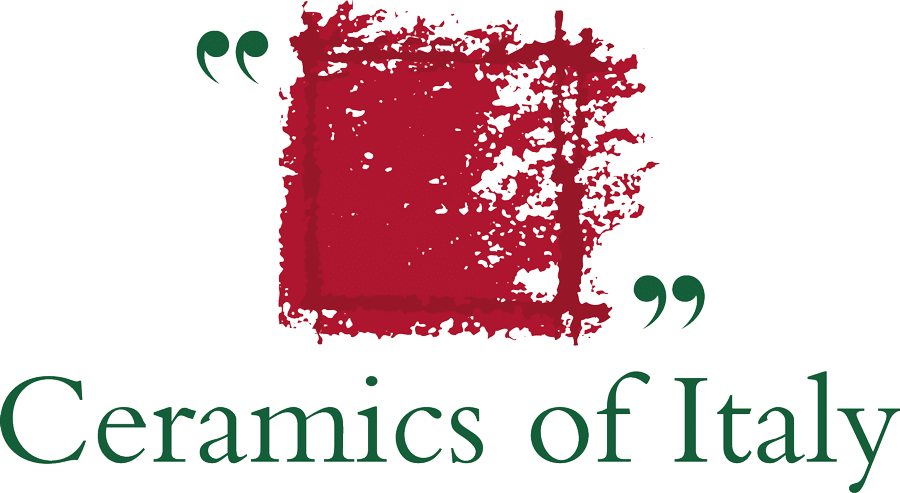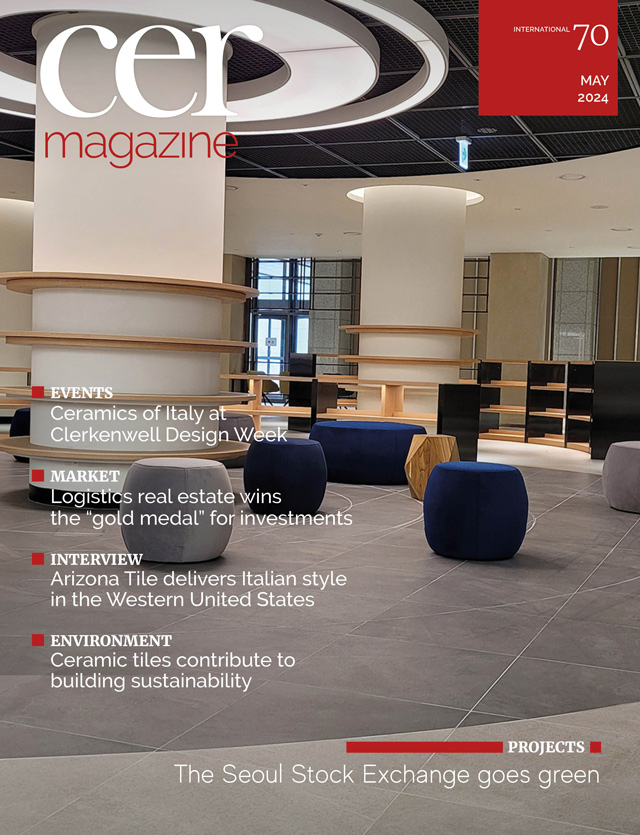The elegant and orderly city of Thessaloniki is a fascinating destination for visitors keen to explore beyond the Greek islands with their characteristic whitewashed buildings and rugged Mediterranean scenery. With its lush green landscape and its eastward gaze, the country’s second-largest city is an ideal base for exploring the less-travelled northeastern regions of Macedonia and Thrace, as well as the serene beauty of the Chalkidiki peninsula, home to the austere and unapproachable Mount Athos.
A historical crossroads of cultures strategically located on the northern Aegean Sea, the city is the ideal destination for tourists who wish to avoid crowds and urban chaos but love the vibrancy and warmth of the Mediterranean, good food and the exploration of a rich and ancient heritage. This was the premise behind MonAsty Thessaloniki hotel, one of the latest additions to Marriott International’s exclusive Autograph Collection which emphasises uniqueness, inspiration and history as the defining characteristics of its various facilities all over the world.
The hotel enjoys a convenient central location just a short walk from the bustling waterfront and Egnatia Street. It faces onto the small Vasileos Irakleiou Street, adjacent to the elegant pedestrian walkway connecting Aristotle Square with the ancient Roman forum. The large rooftop terrace with outdoor pool offers glimpses of the nearby basilica of St Sophia, the Church of Panagia Chalkeon and many of the Orthodox Christian chapels and places of worship scattered throughout the city. One of these, the nearby monastery of St Theodora which was rebuilt after being destroyed in a fire in the early twentieth century and is the only monastery still in use in the city centre, provided inspiration for the meticulously researched and executed interior design project led by Thessaloniki-based practice Not a Number Architects.
The name MonAsty Thessaloniki derives from a combination of the words Mon (monastery) and Asty (city). Its contemporary architecture blends perfectly into the street frontage in terms of scale and proportions, allowing air and light to flow into many of its 100 rooms via the large opening in its main façade. Terracotta, brick and wood serve as the threads of narratives that intertwine to create an atmosphere of austere luxury. The strict symmetry and the way the entrance lobby complete with bar and restaurant extends from the front patio to the secret rear garden creates a connection with the city. The past is brought to life by the geometries of the dark wood panelling and coffered ceilings in the lobby, the cool warmth of the exposed brickwork, the arches and the choice of neutral tones everywhere enhanced by a judicious combination of natural and artificial lighting. A further contribution is made by the furnishings and the lighting design based on antique metal chandeliers that cast a warm, candle-like light.
The architects also focused on sustainability: “We chose elements that would promote a more sustainable approach and a return to our roots by celebrating local craftsmanship, including patterned bricks, aged leather, woven rattan, brushed wood and faded mortar. These are all durable, low-maintenance materials that provide a rich tactile experience and satisfy the practical and maintenance requirements of a hotel.”
The new MonAsty Thessaloniki hotel maintains the traditional connection between art and high-end hospitality thanks to a series of specially commissioned artworks by the Greek artist Fikos, whose area of activity ranges from graffiti and street art through to an in-depth study of Byzantine painting. Byzantine silk, used extensively in the interior design project, is also a feature of many of the artworks that decorate the rooms and suites.
The interior design project stands out for its meticulously designed details, perfect execution and judicious choice of materials for both the walls and floors, including high-quality Italian ceramic tiles from Coem. The Castle collection was used in four modular sizes in the colour Grey. With its reference to ancient stone, it creates Byzantine geometries on the floors that welcome guests right from the entrance.








